Sapphires
.jpg?ixlib=gatsbyFP&auto=compress%2Cformat&fit=max&rect=0%2C0%2C1604%2C1604&w=800&h=800)
Finematter’s in-house gemmologist Lezlie says sapphires are the best alternative to diamonds for an engagement ring.
Below, she tells us all about sapphire, a gemstone that comes in many colours and is perfect for everyday wear thanks to a hardness of 9.
Sapphire is one of the big three when it comes to precious gemstones, with the finest examples displaying deeply saturated colours and incredible brilliance. It's a well-known fact that the month of September hosts more birthdays than any other month, so it is fitting that Sapphire is the stone chosen for September babies, as this special stone comes in more colours than any other precious gemstones.
What is sapphire?
More than just a blue gemstone, sapphire is the name given to the gem quality mineral corundum. Corundum is best known for its relative hardness and toughness, ranking just below diamond at 9 on the Moh’s scale. The hardness of corundum makes this mineral ideal for cutting and polishing into wearable gemstones.
You may be most familiar with the blue varieties of sapphire, such as the stone featured in Princess Diana’s iconic engagement ring which boasts a large, oval blue Ceylon sapphire. The popularity of rich blue sapphire jewellery skyrocketed after the royal engagement with many jewellers receiving requests to emulate the now famous style.
Although blue sapphire has remained a classic choice for centuries, in more recent years other colours of sapphire have gained popularity across the globe. Sapphires come in almost every colour under the sun and are referred to as Fancy Colour Sapphires. From juicy orange tones to soft sage greens, the increased availability of fancy colour sapphires has given designers and jewellers the ability to truly experiment with colour in their work.
A notable source of uniquely coloured sapphires comes from surprising locality in the United States of America. Montana sapphires were first discovered in alluvial deposits along the Missouri River during the goldrush in 1865. Since then, the state of Montana has been producing both blue and fancy coloured sapphires from the same deposits. Montana sapphires are known for their steely blues, teals and lavenders and have become extremely trendy in the last few years.
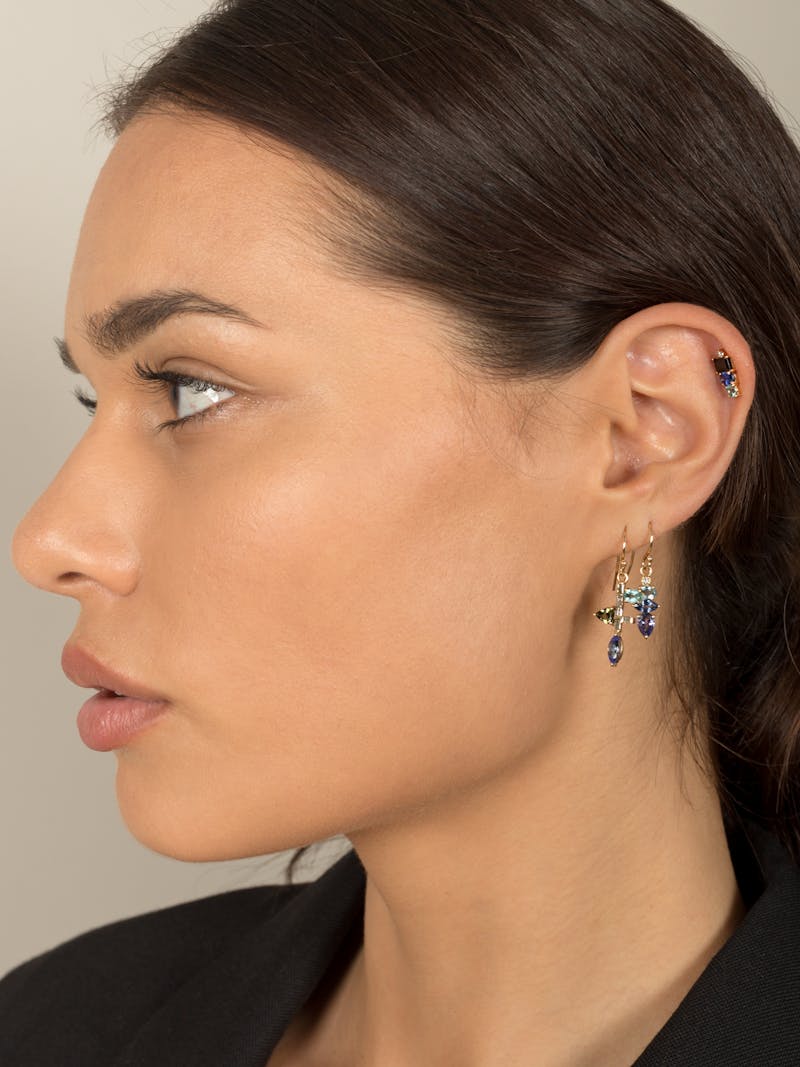
Sometimes one colour just isn’t enough
Just when you thought sapphires couldn’t get any better, mother nature has another trick up her sleeve. Some sapphires can display two or more colours within the same gemstone and are referred to as parti-coloured sapphires. The most common examples of parti-coloured sapphires include stones that feature zones of yellow as well as zones of blue. Some rare examples include parti-coloured sapphires that have three distinct colours, like blue, yellow and purple, within a single stone.
Sapphire engagement ring
With a hardness of 9, sapphire is the best alternative stone to diamond for engagement ring. Durable and easy to maintain, it’s great for everyday wear.
Coming in many colours, there is a sapphire for you, whatever takes your fancy. When choosing an engagement ring, sapphires give you as many options as you could wish for.
Sapphires are the next best stone after diamonds for hardness, so you can be sure your sapphire engagement ring will last forever, with some easy upkeep, such as cleaning with warm soapy water, a soft toothbrush, and a cleaning cloth. Sapphires are also ultrasonic cleaners safe.
 Earn Credit
Earn Credit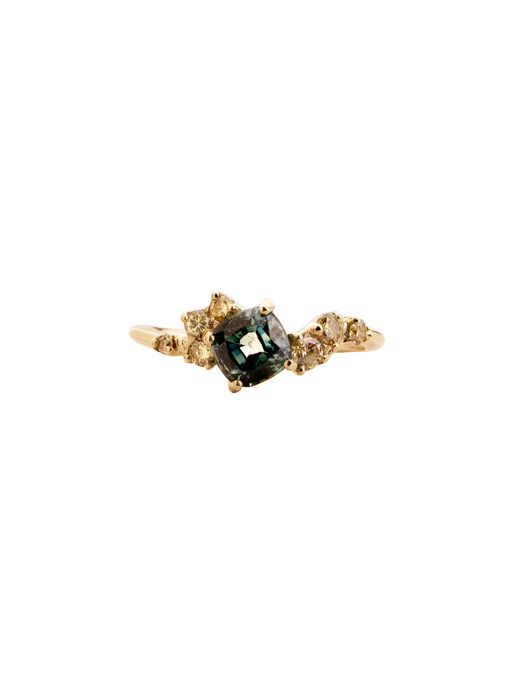
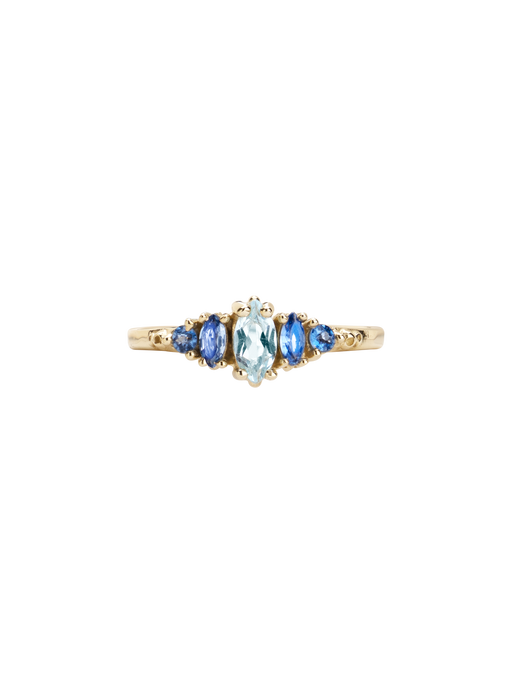
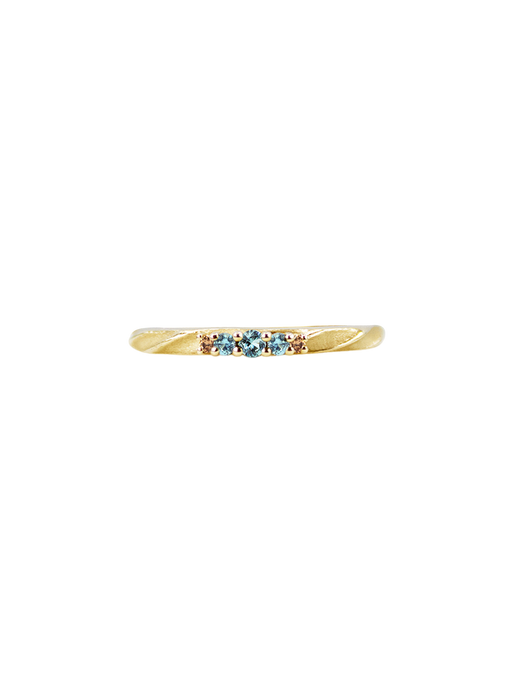
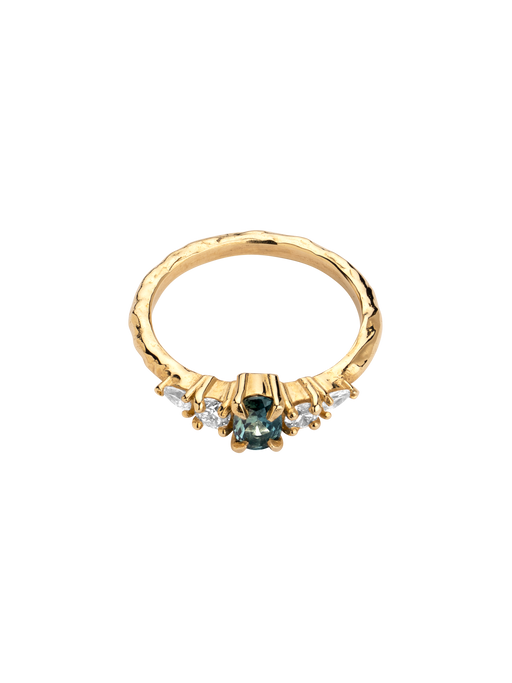
.jpg?ixlib=gatsbyFP&auto=compress%2Cformat&fit=max&w=800&h=900)